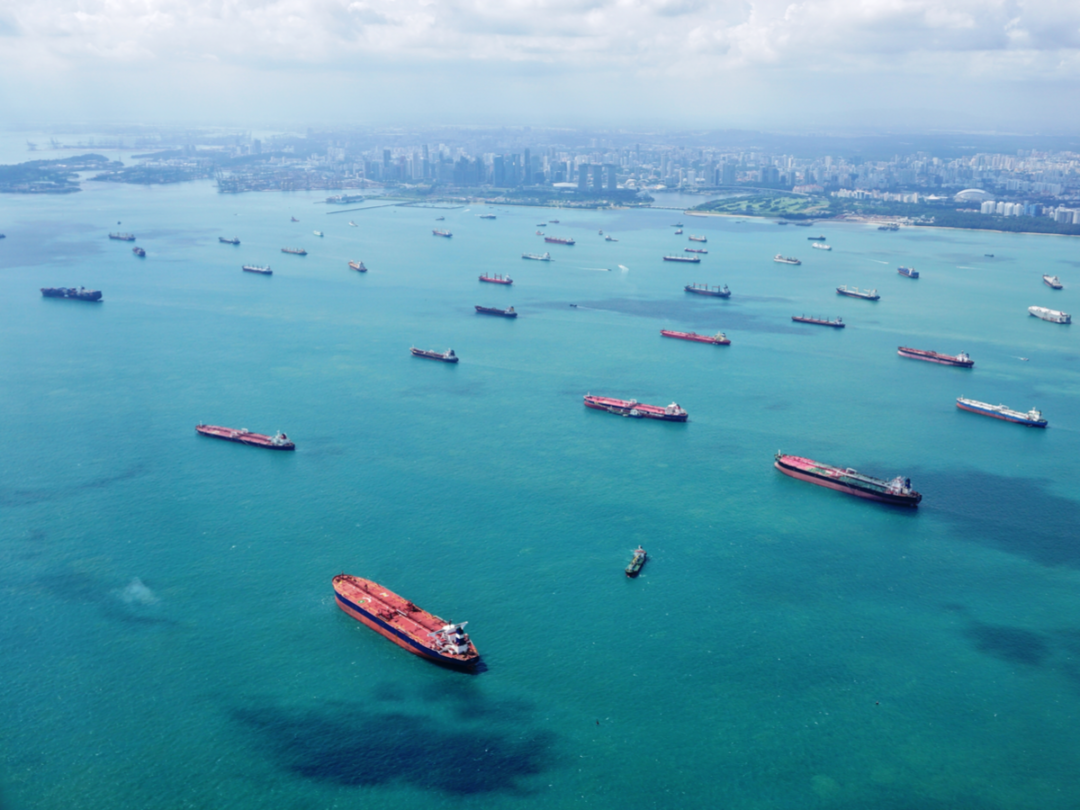
Visit Our Sponsors |
|
|
|
|
|
|
|
|
|
|
|
|
|
|
|
|
|
|
|
|
|
|
|
|
|
|
|
|
|
|
|
|
|
|
|
|
|
|

It’s perfectly understandable if “complexity” hardly seems adequate to describe the ever-shifting world of trade out there. It’s equally understandable if “confusion” doesn’t begin to describe the state you and your business are in.
For instance, does it seem like every few days there’s new news about tariffs on imports and threats of retaliation by our trading partners? Do the proposed duties, fines and penalties appear to change as frequently as the headlines?
This is important, whether your business is completely global or focused on a specific region of the world. For instance, because of the uncertain regulatory picture, did you build in buffer stocks of raw materials only to have threats to their import withdrawn, leaving you with piles or stacks of unused inventory? Did the Trump Administration’s jolt to the North American Free Trade Agreement send a shock to the cross-border business you’ve been doing for many years now? Are you now counting on Congress to actually do something about the United States-Mexico-Canada Agreement? How much is the continuing uncertainty in the U.S.-China relationship negatively affecting your business?
You’re hardly alone if you’re asking these questions. And, of course, it’s not just American exporters pondering these things; people who want to ship into the United States — or anywhere else, for that matter — require answers as well.
Moreover, complexity is about more than shifting positions and strategies in the trade wars; it’s about knowing who you can do business with in the first place, either directly or through another party. It’s not just about the duty on an import but its origin, the place it really came from as opposed to the entity you purchased it from. Complexity means that if you are to succeed, you must know about the benefits of free-trade zones, about transporting goods once they’ve entered the country and cleared customs, about overcoming the capacity crunch in trucking.
And, of course, complexity is having the right technology in place, so that data — the real engine that makes trade go — is clean, sequenced, managed, accessible.
It’s tempting to think that a holistic approach to trade is not necessary if one’s focus is on a particular region of the world, but that isn’t so. Legislative and regulatory activity in the region where you operate, from which you export, or into which you ship can be enormously complex to stay on top of. And that doesn’t even account for the disruptive effects of labor or military strife, natural disasters or inadequate physical infrastructure.
That’s why with this issue, SupplyChainBrain is launching its annual Regional Guide to Global Supply Chain Management. For years, experts from the world of logistics and supply chain, technology and academia have contributed to our yearly Supply Chain Management Resource Guide. Their analyses of trends and challenges in supply chain, not to mention their predictions for the discipline, have been valuable aids to practitioners. We’re confident that the Regional Guide to Global Supply Chain Management will be just as useful.
See the 2019 digital issue.
—From the SupplyChainBrain editors
RELATED CONTENT
RELATED VIDEOS
Timely, incisive articles delivered directly to your inbox.






